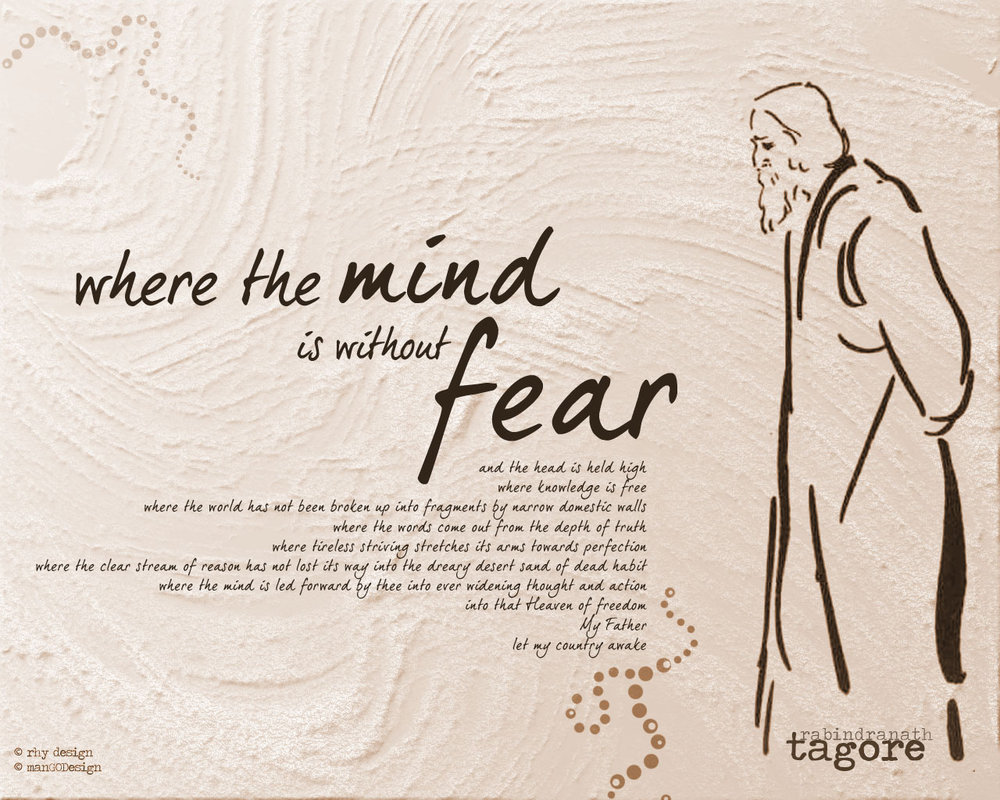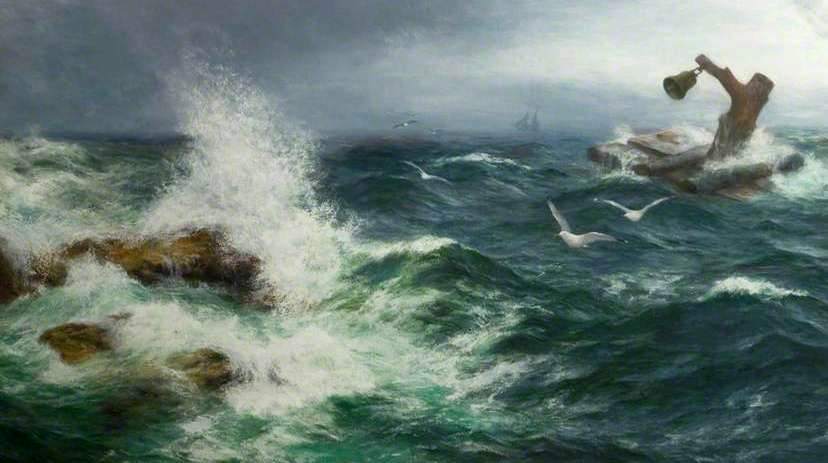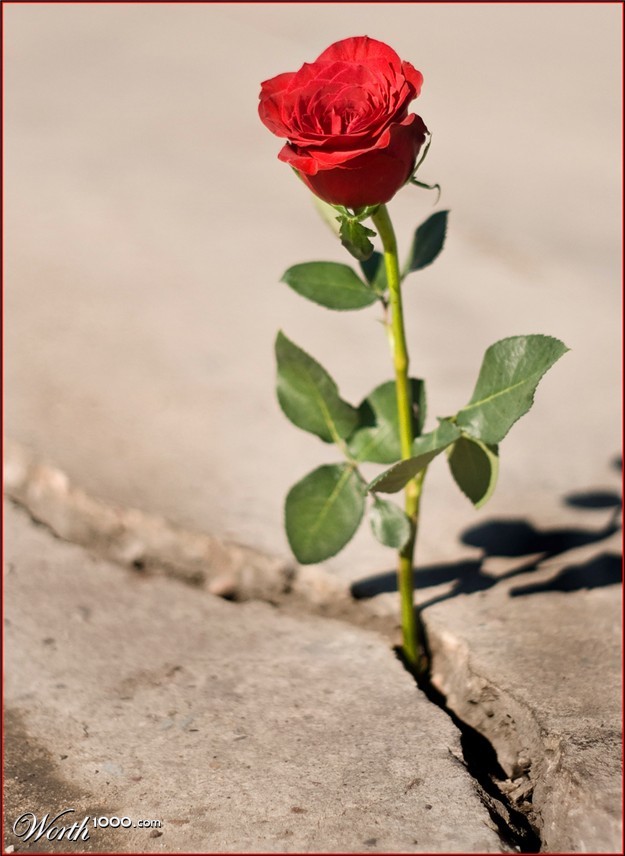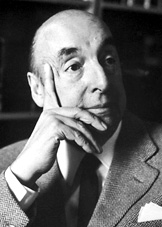This poem summary focuses on the poem ‘Hauntings’ by Rupert Brooke. Rupert Brooke (1887-1915) is best known for his war poetry. However, he also wrote on a variety of other topics, such as love, and the contemporary society of the early part of the twentieth century. ‘Hauntings’ is not a typical Rupert Brooke poem in terms of its content. But its tone is as poignant as most of Brooke’s other poetry, no matter what the topic he writes them on. In form too it is quite like Brooke’s other well-known poems.
‘Hauntings’ is made up of two stanzas. The first stanza is made up of eight lines, and is called an octet. The second stanza is made up of six lines, and is called a sestet. Together the octet and the sestet make up a sonnet, which is considered to be Brooke’s most preferred poetic form. In this poem, Brooke introduces a narrator who speaks from the perspective of a spirit in the afterlife.
The first stanza begins with the narrator saying that in the “after years” (that is, in the afterlife) silence is often experienced by spirits. All around them is grey and dreary, however it is not dull. On the other hand, the afterlife is rather tumultuous since all spirits are plagued by memories of their lives on earth. Foes who have quarrelled in the physical world do separate when they pass into the afterlife, and their “loud confusion” is suppressed. However, a trace of the tears they had cried still remains. It is even less in magnitude than an echo, yet it is constantly present. In the afterlife, spirits experience the “ecstasy of quietude”. Here the word “ecstasy” is used to endow a pleasurable quality to the silence that the spirits had never felt in their earthly years, but that they have finally gained in death. This silence is a reprieve from all the joy, all the sorrow and all the pain that had occupied their hours in life and had not let them have one peaceful moment. However, Brooke clearly says that those joys, those sorrows and those pains are not the only things that made up life, but dull moments too had their share in it. Neither the excitement nor the banality is remembered fully. In fact, the failing memory of the spirits has almost forgotten such things, but they are “undying”. Some trace of them always persists. As a result, no spirit is ever completely at peace, contrary to the common belief about death bringing eternal restfulness.
In the second stanza the narrator, as a representative of all spirits, continues with his description of the afterlife. He in fact presents us with an image – that of a ghost “beside his misty streams”. Here “stream” is a reference to the River of Lethe that according to ancient Greek legend is one of the five rivers flowing through the Underworld. It is the River of Lethe where souls are brought immediately after death, and after crossing which it is decided whether those souls will go to the field of paradise, or will be tortured by devils, or will be reborn into the earth. The ghost in question is sitting beside the Lethe and having doubts about his future fate, and dreams (perhaps about paradise). However, the ghost is also reminiscing about his previous life on earth, his life before he was borne to Lethe (hence, his “pre-Lethean” life, as Brooke calls it). He remembers many things – some of them mentioned as oppositions to each other. For example, he remembers both the stars in the sky and the rocks on the ground. He also remembers flesh-and-blood men, as well as that which is metaphysical. None of these memories are very clear though. So he remembers seeing light falling on grass, but he cannot remember when that had happened. He also remembers hearing the sound of feet running, but cannot recall where he had heard such a thing. This is the curse of the spirits – insubstantial memories of a life they have already lived.
Dear Readers- If this summary/analysis has helped you, kindly take a little effort to like or +1 this post or both. Make sure you like Beamingnotes Facebook page and subscribe to our newsletter so that we can keep in touch. We’ll keep informing you about stuffs that are really interesting, worth knowing and adds importance to you.
Some online learning platforms provide certifications, while others are designed to simply grow your skills in your personal and professional life. Including Masterclass and Coursera, here are our recommendations for the best online learning platforms you can sign up for today.
The 7 Best Online Learning Platforms of 2022
- Best Overall: Coursera
- Best for Niche Topics: Udemy
- Best for Creative Fields: Skillshare
- Best for Celebrity Lessons: MasterClass
- Best for STEM: EdX
- Best for Career Building: Udacity
- Best for Data Learning: Pluralsight
















